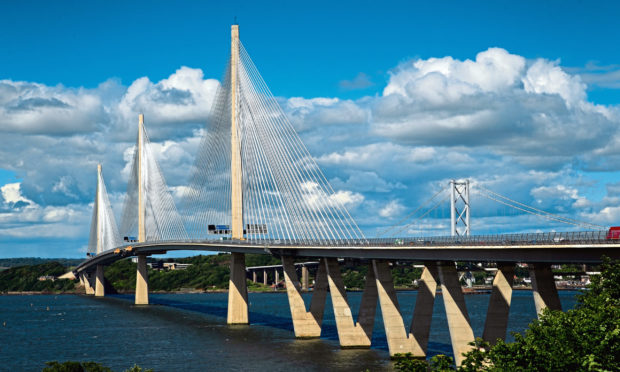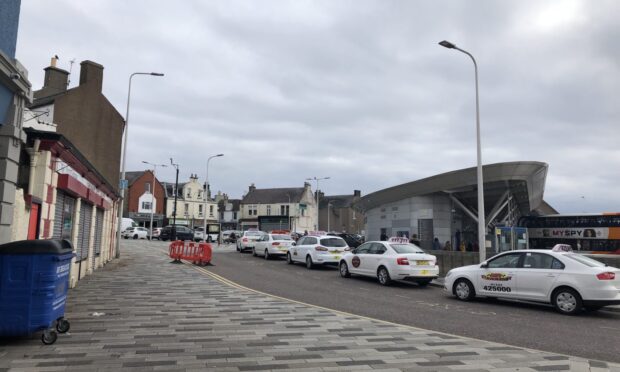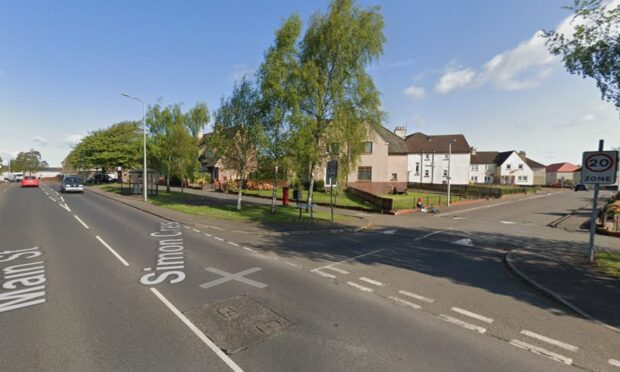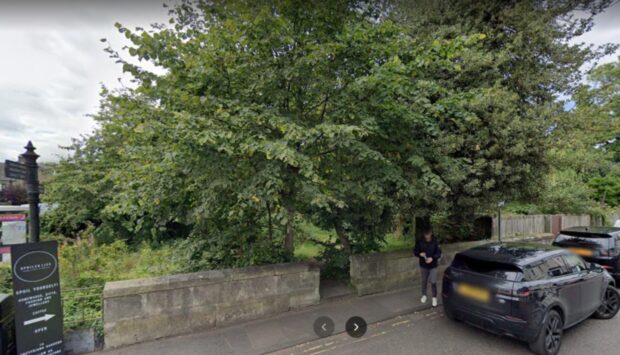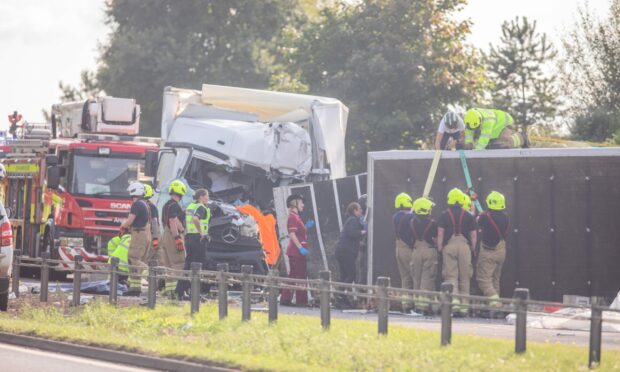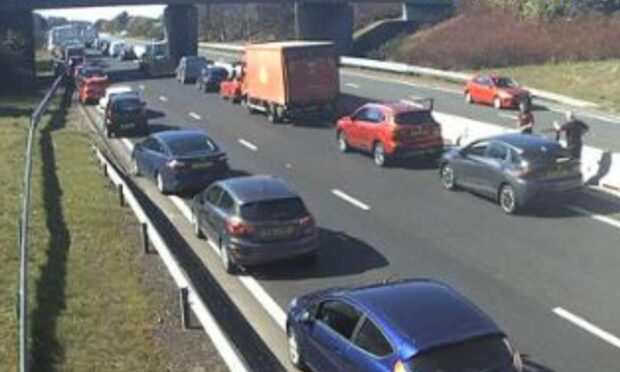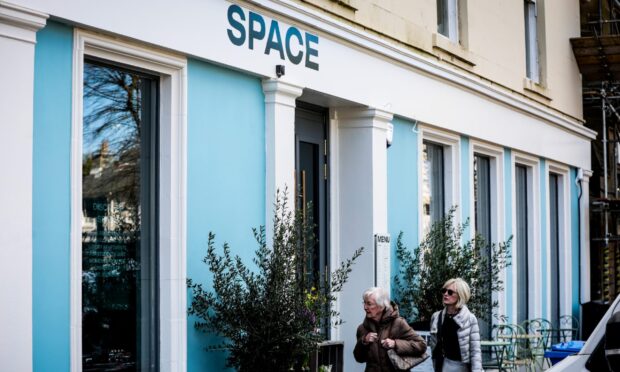The recent two-day closure of the Queensferry Crossing must not be repeated, a local politician has claimed.
Scottish Conservative MSP Murdo Fraser spoke out after transport minister Michael Matheson told Holyrood ministers sensors will be fitted “in the coming months” and a five-point plan is being put in place to monitor the condition of the bridge in winter.
The two-day closure of the £1.3 billion Queensferry Crossing last month happened after falling ice from the bridge’s cables damaged up to eight cars and led to a political backlash.
Vehicles were faced with a 35-mile diversion via the Kincardine Bridge and Mr Fraser has underlined the impact the closure must have had on Scotland’s economy.
“The closure of the Queensferry Crossing must have had a massive economic impact on Fife and the rest of Scotland,” he said.
“I’d like the Scottish Government to provide an estimate on what this amounted to.
“A closure like this, on a bridge used by around 80,000 vehicles every day, is bound to have a major economic impact on the likes of the road haulage industry – it basically brought a large area of Scotland to a standstill for two days.”
Exactly what the two-day closure cost the economy remains unclear but one Fife haulage business said it had lost thousands of pounds due to the transport problems.
What should have been a two-hour round trip quadrupled, due to tailbacks caused by the crossing’s closure, the haulier told The Courier.
Mr Fraser, who represents the Mid Scotland and Fife region, questioned why the ice sensors had not been fitted to the bridge prior to its opening in 2017.
He said: “It’s all very well for the transport minister Michael Matheson to come up with a five-point plan now and state that ice sensors will be fitted in coming months – this is something that should have taken place before the bridge was opened.
“I raised this point with Mr Matheson at the Scottish Parliament back in October last year and it’s now clear that nothing was done.
“We then had the resultant chaos that ensued once the crossing was closed.”
Bridge operator Amey said the closure was caused by a “unique set of weather conditions”, with a combination of strong westerly winds, snow and sleet leading to snow accumulations on the bridge’s main cables which chilled at an elevated height.
Mr Matheson said the impact of the bridge closure was being assessed by officials but stressed the span has already provided greater resilience against bad weather than the old Forth Road Bridge.
“I understand and recognise the difficulties that it caused people and I very much regret that,” he said.
“Initial learning from the event on 10 February has resulted in a five-point plan being put in place to further enhance monitoring and gather increased intelligence from the observations.
“Visual monitoring remains the primary source of understanding the effects of these conditions and this will be assisted by the installation of ice sensors in the coming months.”
